Grounding a shed for potential lightning
Hi,
Building a backyard shed, that, in addition to storage will be my backyard home when I’m in my wife’s bad books. I don’t plan on wiring it, but would like to ground it against potential lightning strikes. The reason……I love electrical storms and love the sound of rain pounding on a wood roof. In other words, I’d love to sit in it on a hot summer day during an electrical storm, sipping a cold beer. Call me crazy, but it will be the cottage I don’t have.
I believe I need to bury a copper rod in the ground, but beyond that, I’m not really sure what it necessary.
If anyone could direct me to any resources/websites that may explain house grounding, I’d be appreciative. I’d like to make this a DIY project, as I’m trying to keep the cost of building the shed within a budget. As I said, other than this, the shed will not be electrified.
Thanks in advance.
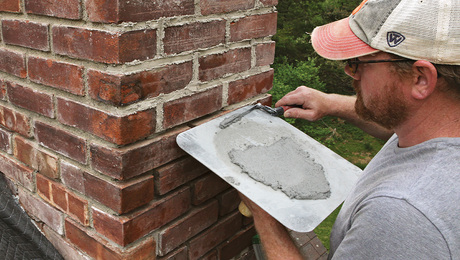
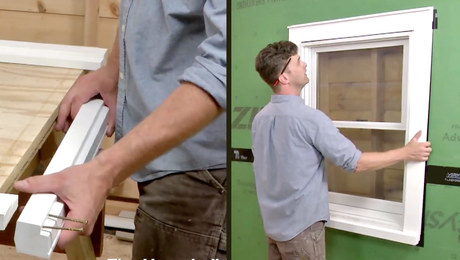
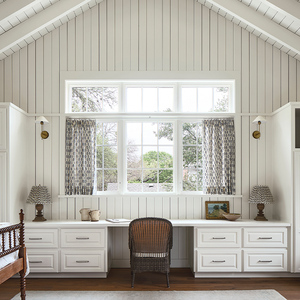
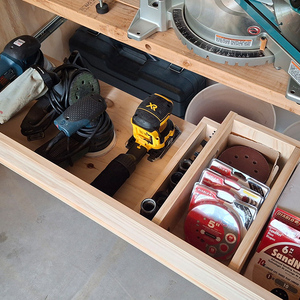
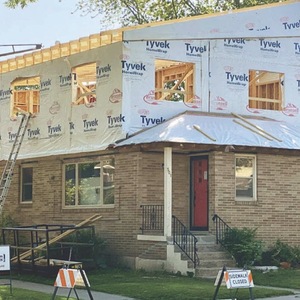
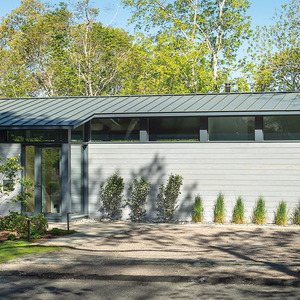













Replies
What's your shed being made out of?
You said wood roof, so is that going on a wood structure?
Grounding is done for materials that can be conductors ie : copper/ iron plumbing, copper / aluminum electrical wiring, & the human body holding an eletrical or plumbing device. ;-)
Wood is a lousy conductor.
“The Hand of providence has been so conspicuous in all this, that he must be worse than an infidel that lacks faith, and more than wicked, that has not gratitude enough to acknowledge his obligations.” —George Washington
.. maybe he's thinking of a wood stove and metal chimney? .. but I was all over the install instructions for my wood stove and no where does it even mention grounding, often thought about it, I've got about 10' above the roof line .. comments anyone?
wane
"this is not a step"
Basically, you need a ground connection and something to ground. The ground connection can be a rod, but if you're pouring concrete a Ufer ground would be good to have in addition, or perhaps dig a trench and lay a length of heavy bare copper wire in it.
As to what to ground, metal siding or roofing, obviously, plus your metal chimney. Beyond that (if no metal roofing) you could attempt poor-man's lightning rods on the roof ridge -- just a length of wire along the ridge, elevated a few inches if possible, would be a good first approximation (though note that this would no way be as safe as a properly installed lightning rod system).
Also keep in mind that if the shed isn't at a high point in the yard, and there are taller trees or buildings within 50 feet or so, lightning is unlikely to hit the shed in preference to these other objects.
Edited 10/30/2007 8:39 am by DanH
Since the structu4re sits on the ground it wioll be grounded.
But what you are thinking of is a lightening rod.
A spire standing above the roof and nearby items that might be a pole for the elctricity to travel. it is metal, usually copper, and is connected via a heavy copper cable (1/2" or so IIRC) to a ground rod.
The parts need to be heavy enough that they conduct the current without burning out from the heat. You do not want a spire large enough to attract that big old spark but a wire so thin it will not carry it. other wise, the spark gets halfway and runs out of road. olde sparkey says, "Whoops, the bridge is out! I'll have to use the detour through this ugly old human sipping his beer here in the lawn chair instead...."
I like storms too. Unique feeling when all that hairs on arms and back stand up on end....
Welcome to the
Taunton University of Knowledge FHB Campus at Breaktime.
where ...
Excellence is its own reward!
For a cheap version, after you build the shed, get a piece of #5 rebar and go around back, stand on the ridge and drive it four feet into the ground, then tie it to the fascia near the ridge there. Plant a vine to grow up it for looks, or slip a plastic conduit over all but the top few inches and dangle a coloful wind sock from it.
Welcome to the Taunton University of Knowledge FHB Campus at Breaktime. where ... Excellence is its own reward!
bill, can you tell us about the plans for the shed?
There are a number of shed lovers on this board.
A shed! A shed! My kingdom for a shed!
You just wanna get in there and drink beer is all...;)
Welcome to the Taunton University of Knowledge FHB Campus at Breaktime. where ... Excellence is its own reward!
bill,
Code book from NFPA will tell you more than you want to know.
http://www.nfpa.org/aboutthecodes/AboutTheCodes.asp?DocNum=780
KK
How are you going to watch Monday night football in your doghouse if you don't have it wired and with cable?
Wikipedia has a pretty good article on lightning protection, including quite a bit of history. I remember a thread on Breaktime a year or so ago about protecting from lightning - might be worth a search on Breaktime, possibly on "lighning rod".
My shed got hit once and my house has been hit 4 times. I use to run around and shut down everything that was electric every time a storm hit. The last hit to the house occurred two years ago and was pretty bad, so I researched lighting rods and installed them. The electric code referred to above is pretty good in what you have to do. In fact it is pretty prescriptive and easy to follow. essentially you need a lighting rod on the roof every 20'. they must be at least 12" tall. The wire between the rods and to the grounding rods is the real key. It must be braided wire not solid or straight stranded. The reason for this is that lighting likes to jump around and a braided wire allows it to jump around inside the wire. Straight wire will allow it to jump off. You must have two points as far a part as possible to bring the wire down to the grounding rod. If you have a testing device and have a resistance low enough one grounding rod at each point is all that is necessary. If you don't have the device like I don't the code says two Grounding rods min 6' apart at each point is all that is necessary. The diameter of the rod is not critical but the length is. In my area 10' deep is what I needed. I had to ask around to get this information. What I never got an answer to was the diameter of the wire I needed. I went with the largest the lighting rod holding bases could take. All of the local electrical supply houses were clueless as to what I needed or ware to get the materials. I found companies on the internet that specialize in lighting protection materials and were reasonable.
The installation was easy. Let me through in one wrinkle. The electric code is changing an depending ware you are located the grounding might require a ufer ground on each down run to ground. There is a lot of information on ufer grounds on the internet. Good Luck! What brand of bear tastes best in a lighting storm. Jay
lighting likes to jump around and a braided wire allows it to jump around inside the wire
interesting interpretation.
However, the actual story is that since lightning typically has a 6 us rise time, the skin effect and inductance mean that the outside of a wire carries the majority of the current. 1/2" or 3/8" copper pipe works great for a conductor if brazed joints and NO sharp bends. Solder will melt out with lightning and sharp bends will tend to straighten and break.
Brided conductor is a way to allow for a poor installation without the conductor breaking due to bends (flexibillity lets it straighten due to magnetic forces), and uses less copper than solid or normal type stranded wire.
Art,From what you posted, a continuous piece of 1/2" nominal soft L copper tubing run from roof to the ground with only gentle sweeping bends would work nicely, yes? I am thinking that the low end could be laid in a trench then backfilled and tamped well.In such a scenario, would it matter to the lightning current whether the tubing was fastened to the frame house with metal or with plastic clamps? Obviously, copper straps will last longer in the UV than plastic straps will. TIA.Bill
Of course you are stuck with the problem of having to replace the copper daily, since it'll be stolen every night.
If your view never changes you're following the wrong leader
Funny! And true, all too true. I recently made a copper flashing for a job where it was very accessible, and painted it black so passers by would not know it was worth stealing.
1/2" nominal soft L copper tubing run from roof to the ground with only gentle sweeping bends
that works great, close to ideal setup.
Per Dan's observation, paint it rust color though so it looks like rusted steal (no spelling error) <G>
If you have frequent strikes of greater than average (avg is 20 kA peak) it does not matter what type clamps you use, a number of them will likely be pulled loose during a strike.
That is the exact wording an Electrical Engineer who works on multi million dollar projects told me as to why to use braided wire. Jay
Yeah, he was a double-E. What do they know??
If your view never changes you're following the wrong leader
Enough that when he stamps prints state and local electric inspectors instantly buy off on them. In fact he is certified in 14 states and 3 countries besides United States, Spain, Ireland, and Canada. Jay
Heck, I'm certifiable in at least 3 countries. And I can spel injunier two.
If your view never changes you're following the wrong leader
I'm guessing but I think they used to sell them as kits. There would be a one story or two story model etc.etc..
I don't see why someone isn't still selling these kits out there somewhere.
It would be fun to find some old lightning rods at an antique shop and put them on top.
I did a goole on lightning rod kits and got this site among others. http://www.glenmartin.com/catalog/lightning.htm
and this one. http://www.lightning-safe.com/drawings.htm